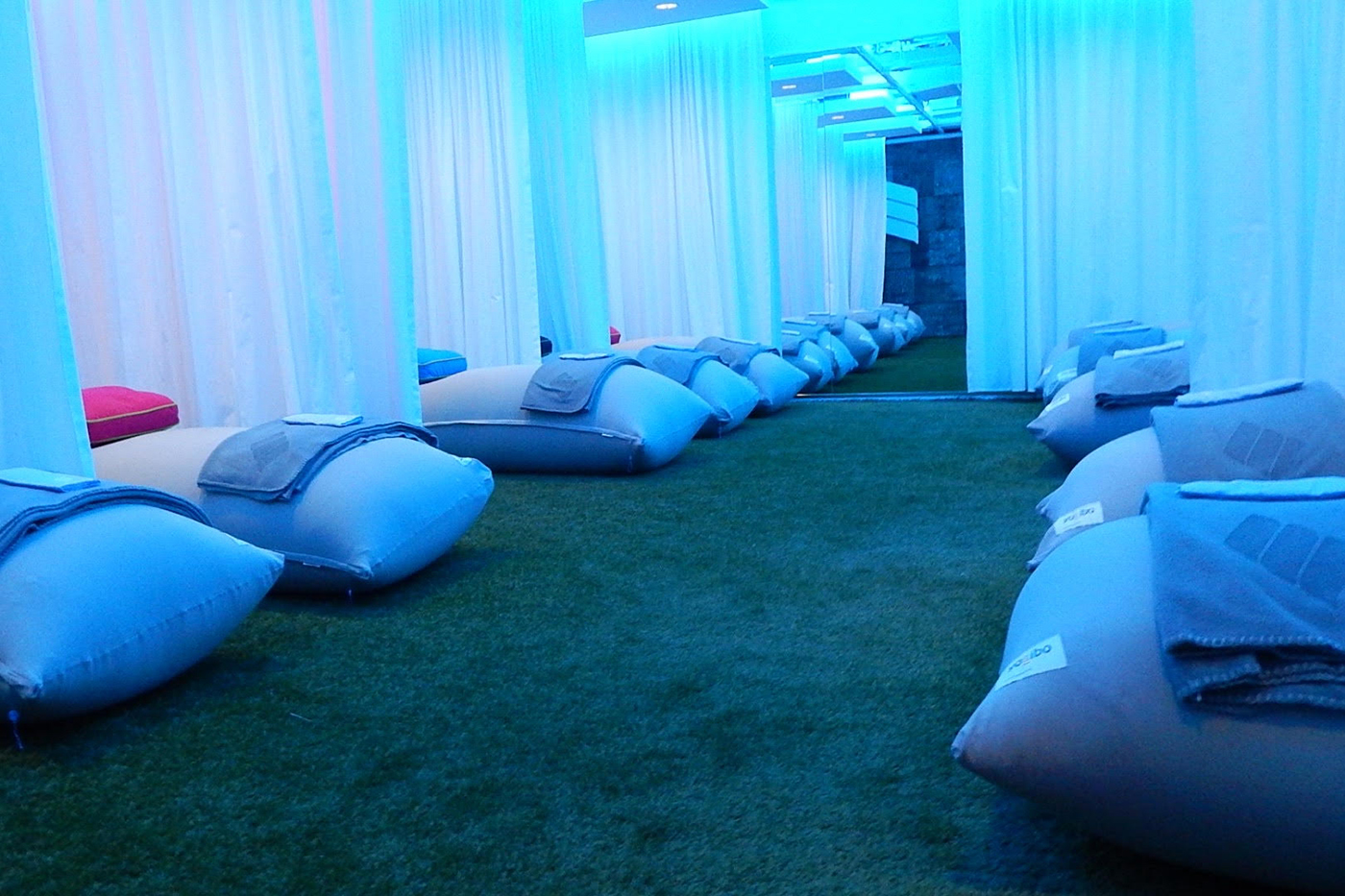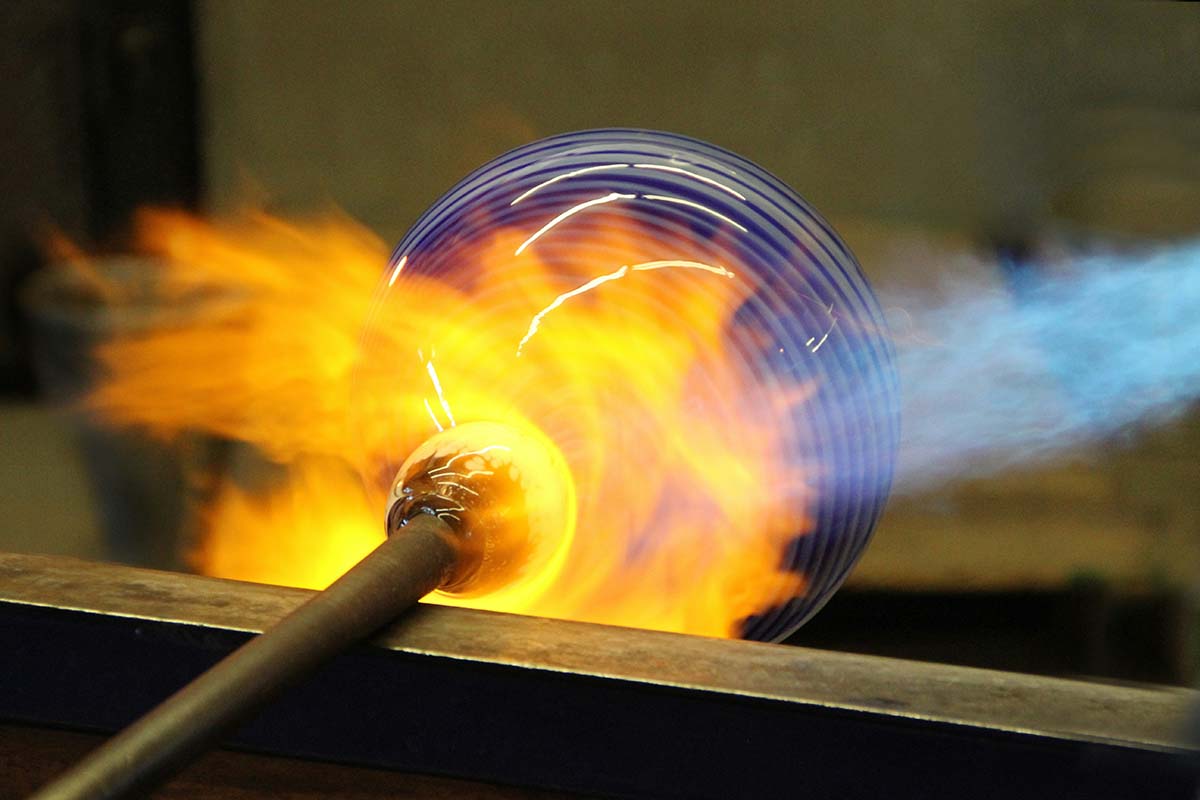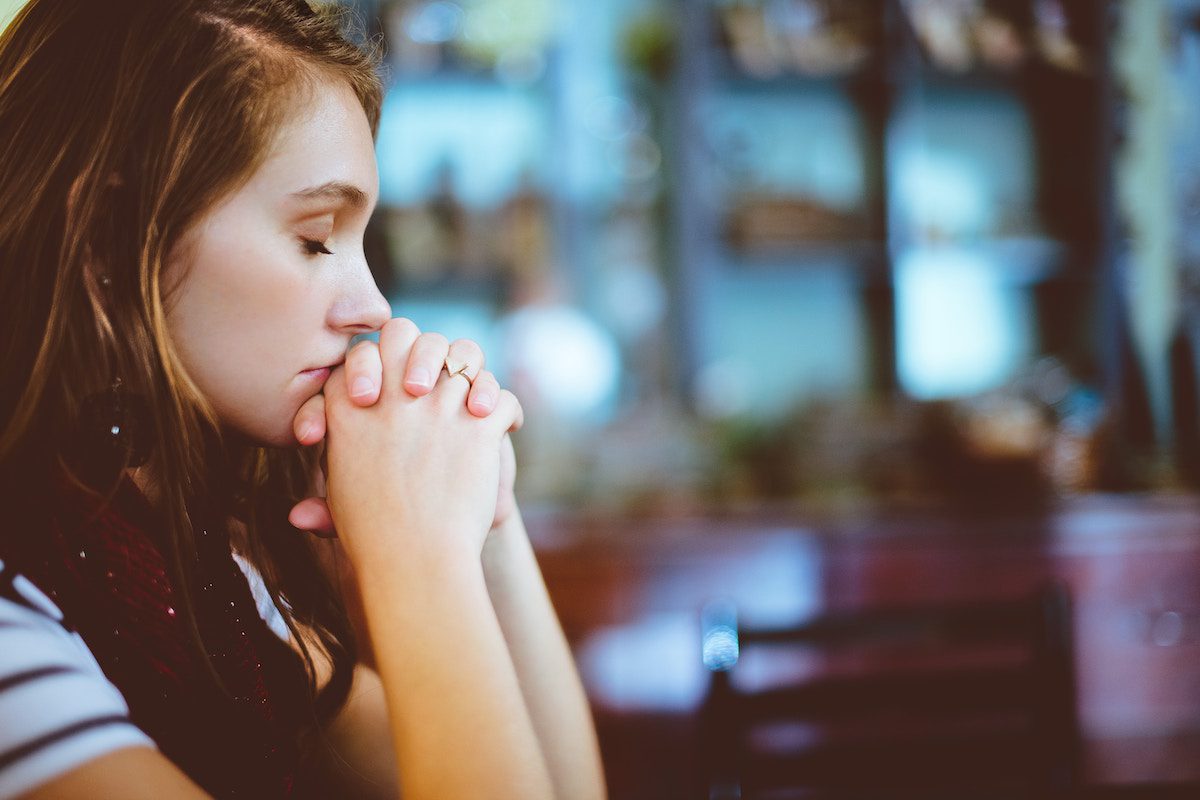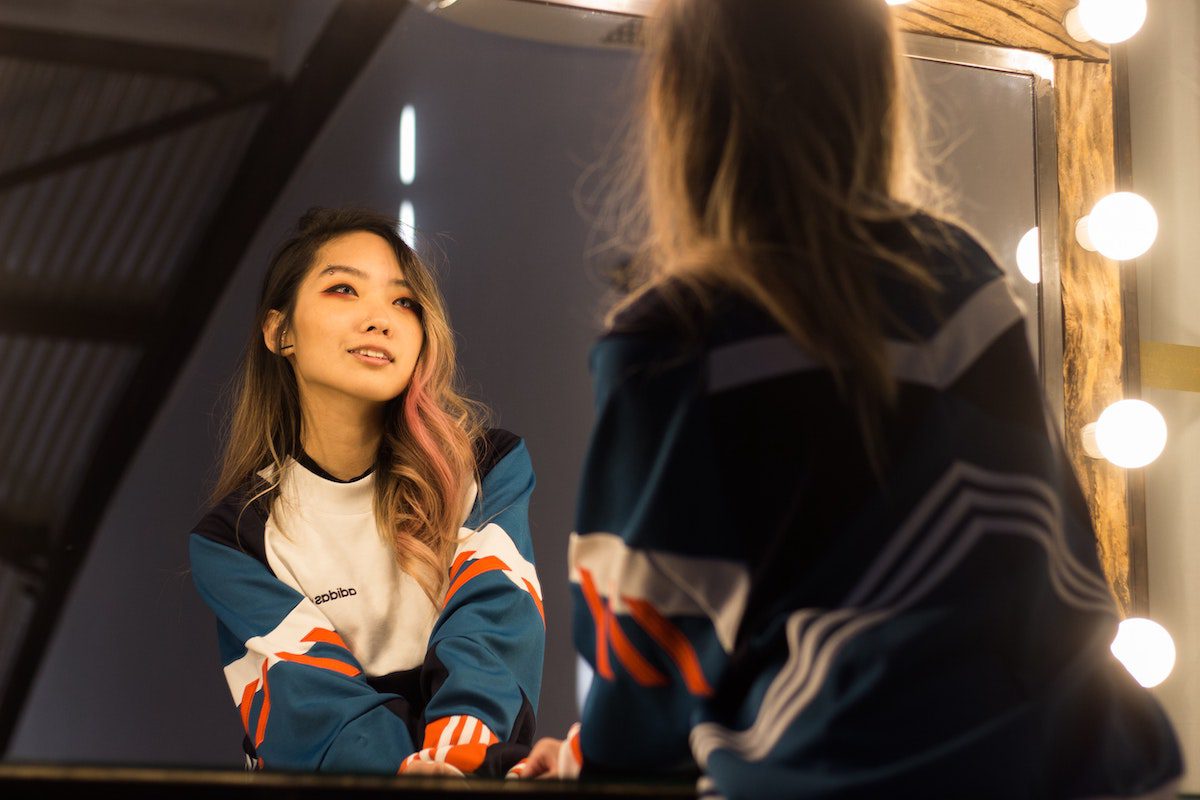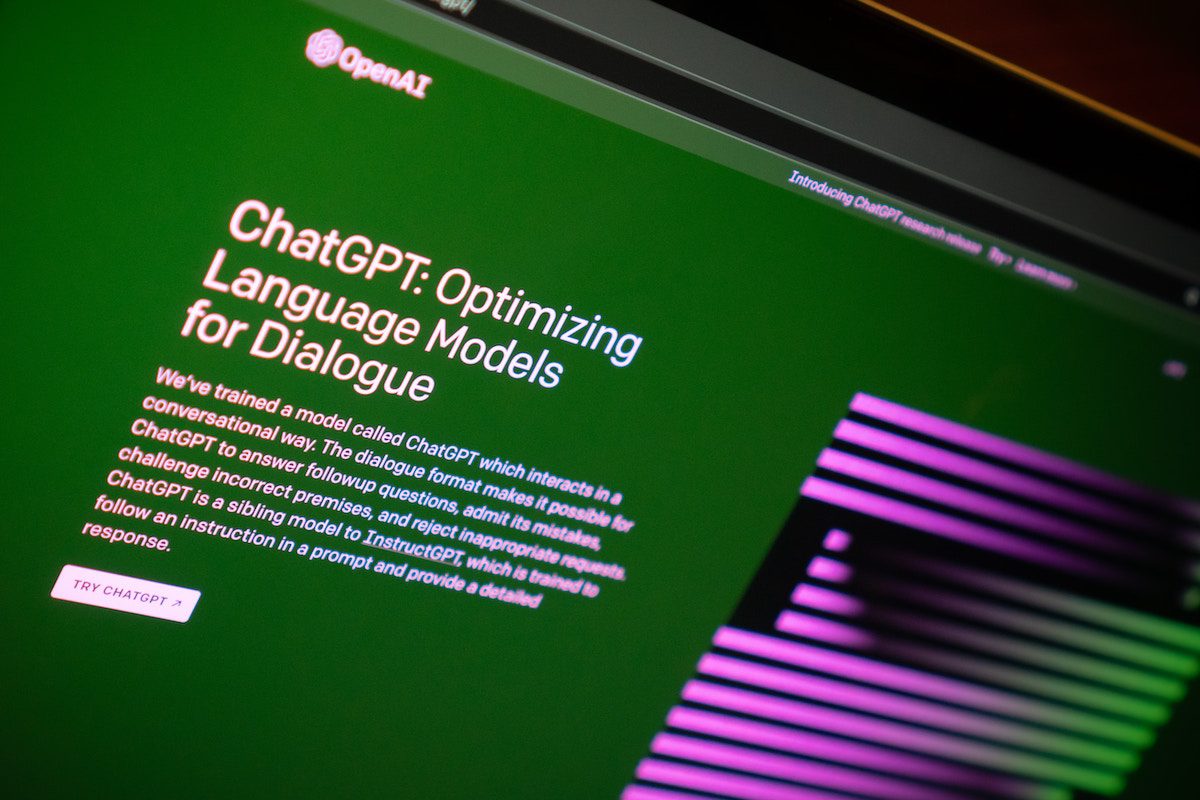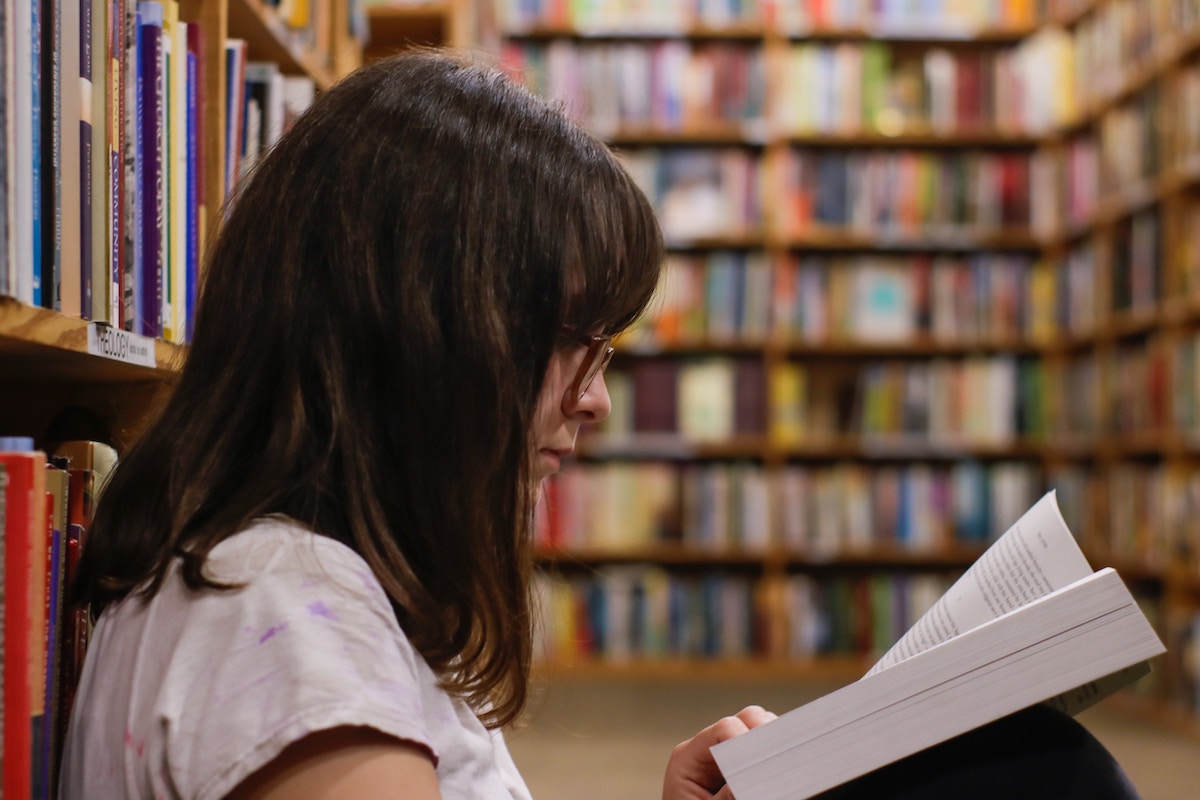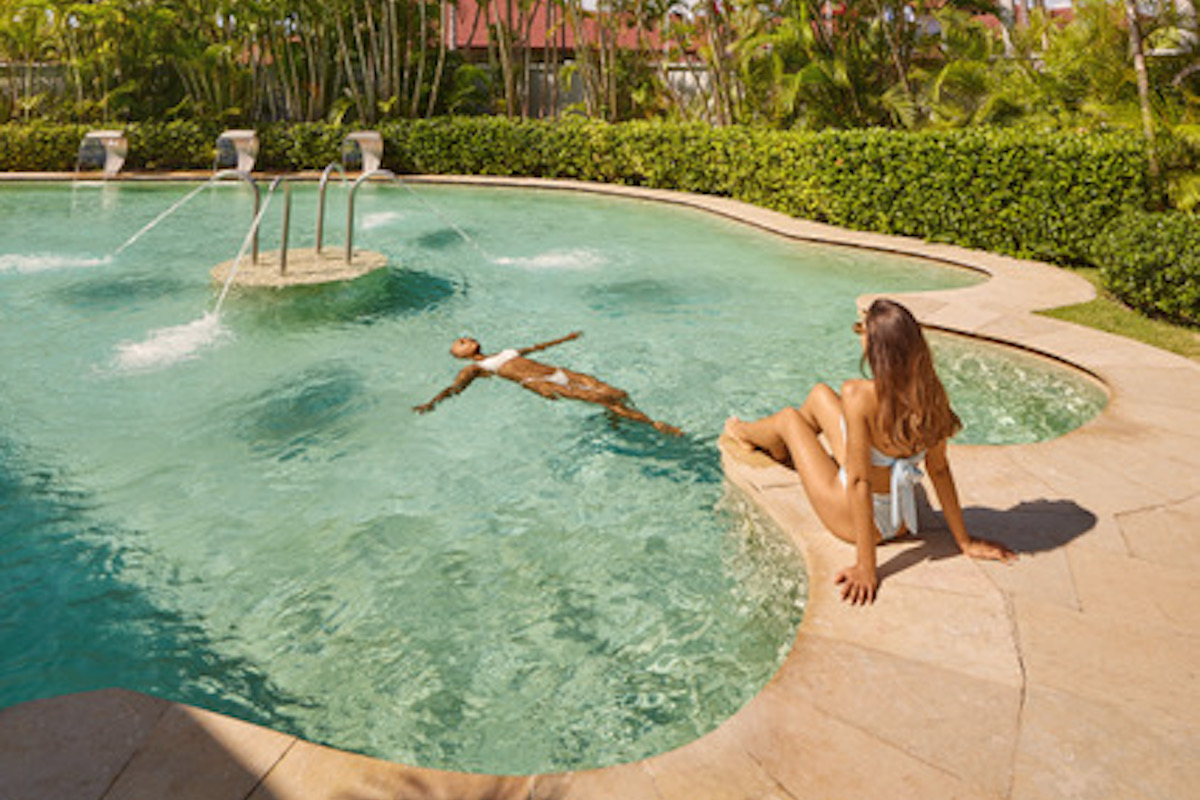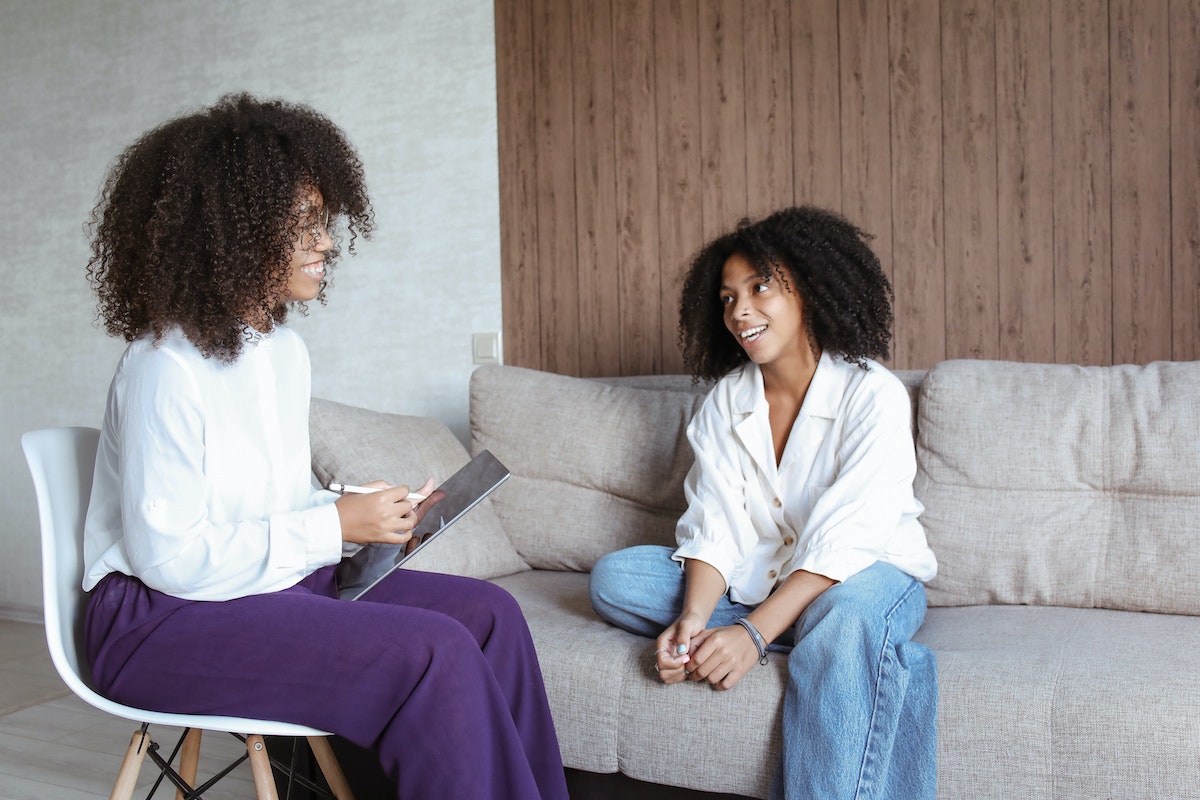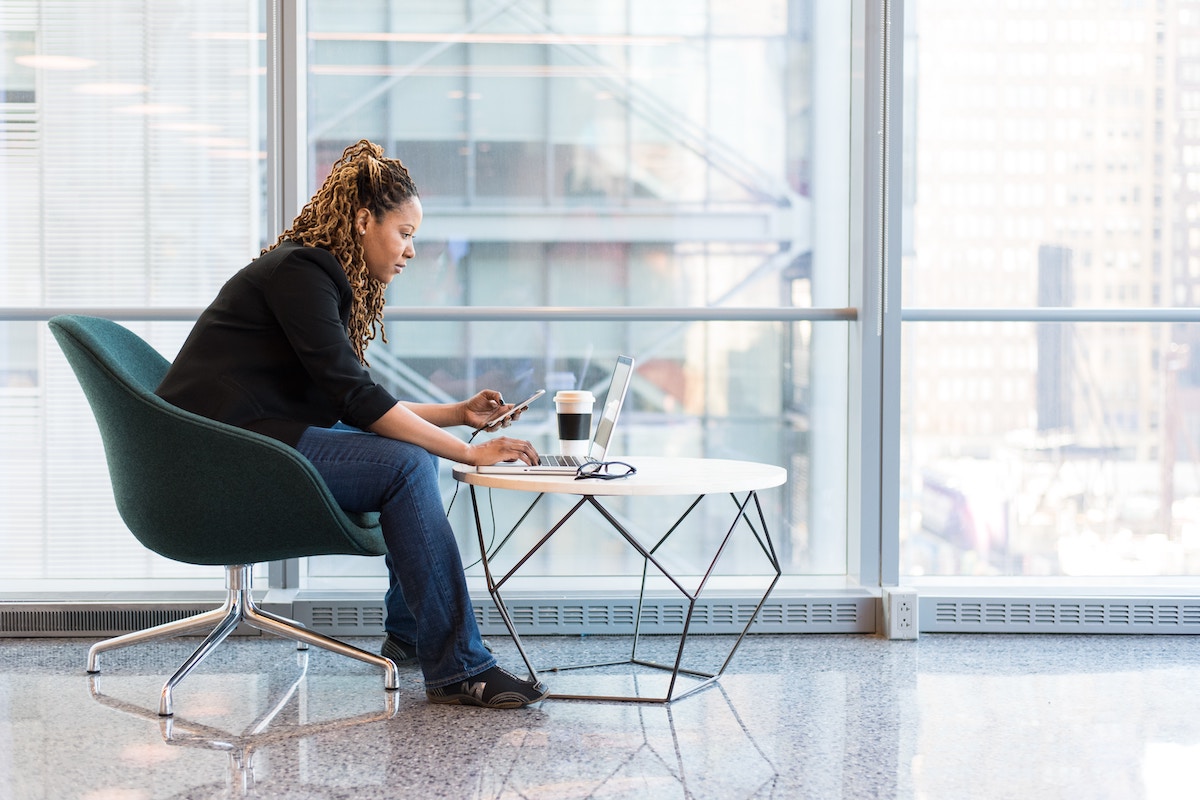Don’t Sleep On “Napercise” and the Benefits of Napping
We’re big fans of the hard-working scientists whose research uncovers that our favorite indulgences are actually good for us, too. Dark chocolate can improve your workout. Massage has a myriad of benefits including treating sore muscles, anxiety and digestion. Red wine promotes a healthy heart. And recently trendy on the healthy-and-also-awesome scene, napping. It is so popular, in fact, that power napping classes, also know as “napercise” are among the year’s healthy living trends, where people fork over their well-deserved dollars in exchange for a few z’s.
Why are people paying to take a nap? To start, the benefits are real. According to the National Sleep Foundation, a short nap, ideally 20-30 minutes, can promote improved alertness, mood and performance. The 20-30 minute window is an optimal balance to improve alertness without making you groggy or messing with nighttime sleep later on. Power napping also helps humans, who take on a monophasic approach to sleep (one sleep period per day) reap the benefits of our animal friends, who prefer a polyphasic approach (several short periods throughout the day). Researchers are unsure whether monophasic is actually our natural sleep pattern; forcing ourselves into it could be aggravating our physical and mental health.
Daniel Turissini was a stressed out think-tank consultant in D.C. looking for reinvigoration when he was inspired to open Washington D.C.’s power nap and meditation studio, recharj.
“As I climbed the corporate ladder, my responsibilities multiplied, stress levels escalated and sleep became a luxury – I found myself chasing success down an unsustainable path,” Turissini says. “This realization provoked me to search for a cool, comfy, quiet space in D.C. to recharge in the middle of the workday.”
Failing to find anything of the sort, Turissini set out to build his own space where the community could gather for restorative and regenerative wellness habits.
Napercise studios like recharj are specifically designed for power naps during the workday. At recharj, power nappers grab a 25-minute nap in a “cocoon,” which is equipped with a head pillow, eye pillow, blanket and ear plugs. Snug in their cocoons, nappers are lulled to sleep through dim lights and the sounds of binaural beats, which are played to pull the brain into a transitional state of consciousness. At the sound of a gentle alarm, the nap concludes.
I sampled a recharj power nap in the name of research (the sacrifices I make, right?). According to my Fitbit, it took me about half of my 25-minute nap to fall asleep. I’m impressed I even nodded off at all; I don’t fall asleep easily outside my home. According to the National Sleep Foundation, it is crucial that your surroundings be conducive to you falling asleep. Recharj fit the bill; I left my cocoon feeling refreshed and ready to take on the rest of the day.
Healthy practices like power naps and meditation force us to (literally) unplug and recharge.
“Power naps are more than just a quick pick-me-up after a poor night’s sleep,” says Turissini. “Those of us tethered to our smartphones, or who lack privacy in their working environment, those who are interested in a non-pharma way to recharge without side effects or would like to shift to a more natural polyphasic sleep schedule are all perfect candidates for a restful power nap.”
Individual power naps at Recharj are $9 and are also available on ClassPass.


